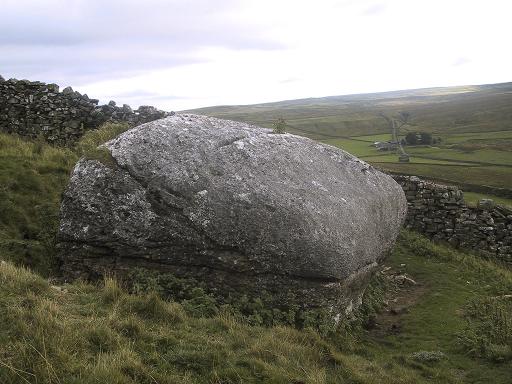Cross (destroyed): OS Grid Reference – NZ 1709 0085
Archaeology & History
This was one of at least four old stone crosses that used to exist in Richmond. It was accompanied by other functional edifices nearby known as the Oat Cross and Wheat Cross. Like its companions, the Barley Cross is thought to have been the site where this grain was traded. An early reference to it is Chris Clarkson’s (1814) survey, where he told us that not far from the old Market Cross,
“was formerly another, which went by the name of Barley Cross, perhaps so named from that sort of corn being sold there: it was a lofty Pillar of one large stone upon a small flight of steps with a cross at the top: rings were fastened to it, where criminals were punished by whipping: it is not long since it was taken down.”

Similar punishments were also administered to people at the original old Market Cross. The grand masters of of Yorkshire history, Edmund Bogg (1908) and Harry Speight (1897) also mentioned this antiquity, but added nothing more.
The cross was highlighted on a 1724 plan of Richmond, just below the larger Market Cross. In 1780 the local council ordered it to be demolished and, at a later date, large weighing scales were erected on the spot next to where it had stood, on the south-west side of the Trinity Church in the market square.
References:
- Bogg, Edmund, Richmondshire, James Miles: Leeds 1908.
- Clarkson, Christopher, The History of Richmond, T. Bowman: Richmond 1814.
- Home, Gordon, Yorkshire Dales and Fells, A. & C. Black: London 1906.
- Speight, Harry, Romantic Richmondshire, Elliot Stock: London 1897.
© Paul Bennett, The Northern Antiquarian
The map could not be loaded. Please contact the site owner.
